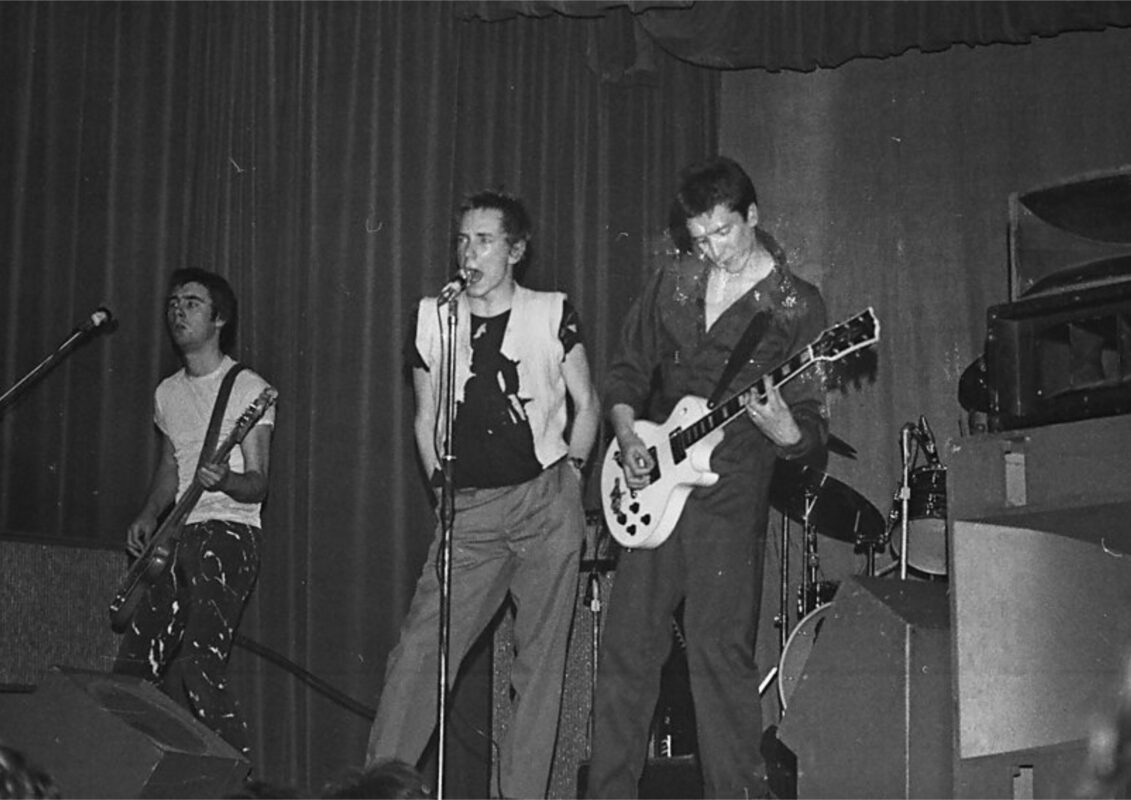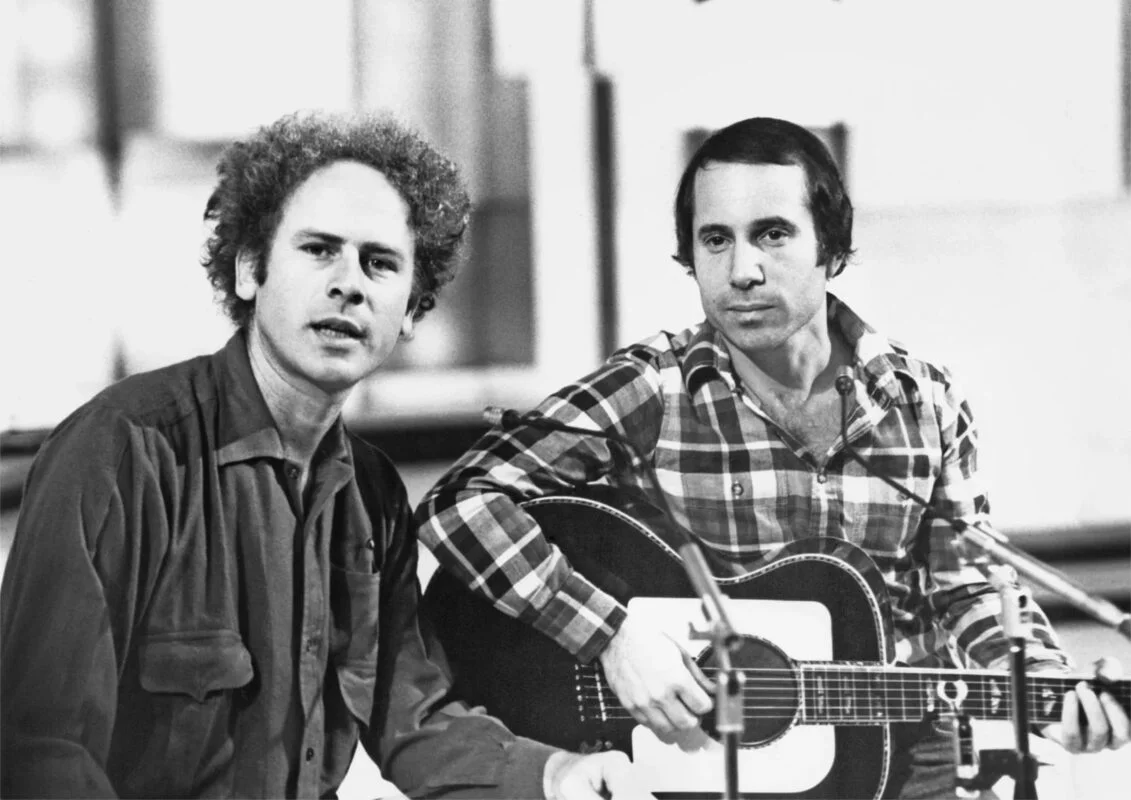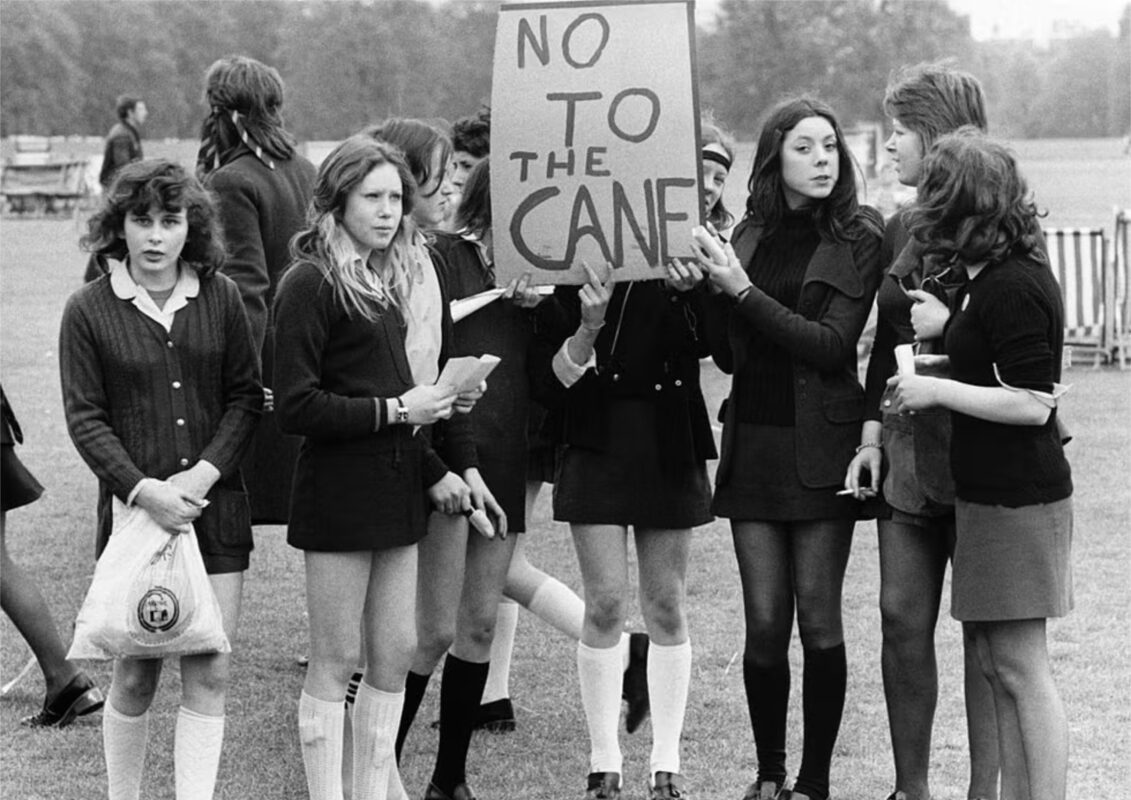
Gilbert Baker, a Vietnam War veteran, a drag performer at the time, and a designer, first created the rainbow flag in 1978. He was commissioned to create a flag by another gay icon, politician Harvey Milk, for San Francisco’s annual pride parade.
The decision to enlist Baker proved serendipitous, as the idea of a flag to represent the gay and lesbian community had occurred to him two years earlier. As Baker told the Museum of Modern Art during a 2015 interview, he had been inspired by the celebrations marking America’s bicentennial in 1976, noting that the constant display of stars and stripes made him realise the cultural need for a similar rallying sign for the gay community. At the time, the most commonly used image for the burgeoning gay rights movement was the pink triangle, a symbol used by the Nazis to identify homosexuals.
Using a symbol with such a dark and painful past was never an option for Baker. He instead opted to use a rainbow as his inspiration. The different colours within the flag were meant to represent togetherness since LGBT people come in all races, ages, and genders, and rainbows are both natural and beautiful. The original flag featured eight colours, each having a different meaning. At the top was hot pink, which represented sex; red for life; orange for healing; yellow signifying sunlight; green for nature; turquoise to represent art; indigo for harmony; and finally violet at the bottom for spirit.

With the help of close to 30 volunteers working in the attic of the Gay Community Center in San Francisco, Baker was able to construct the first draft of the now world-renowned rainbow flag. It was first showcased at San Francisco’s Gay Freedom Day Parade on 25 June 1978.
Happy LGBT Pride Month!
💧 You might also like KING VS RIGGS: BATTLE OF THE SEXES.
⎯⎯⎯⎯⎯
Featured image via SBS News.



